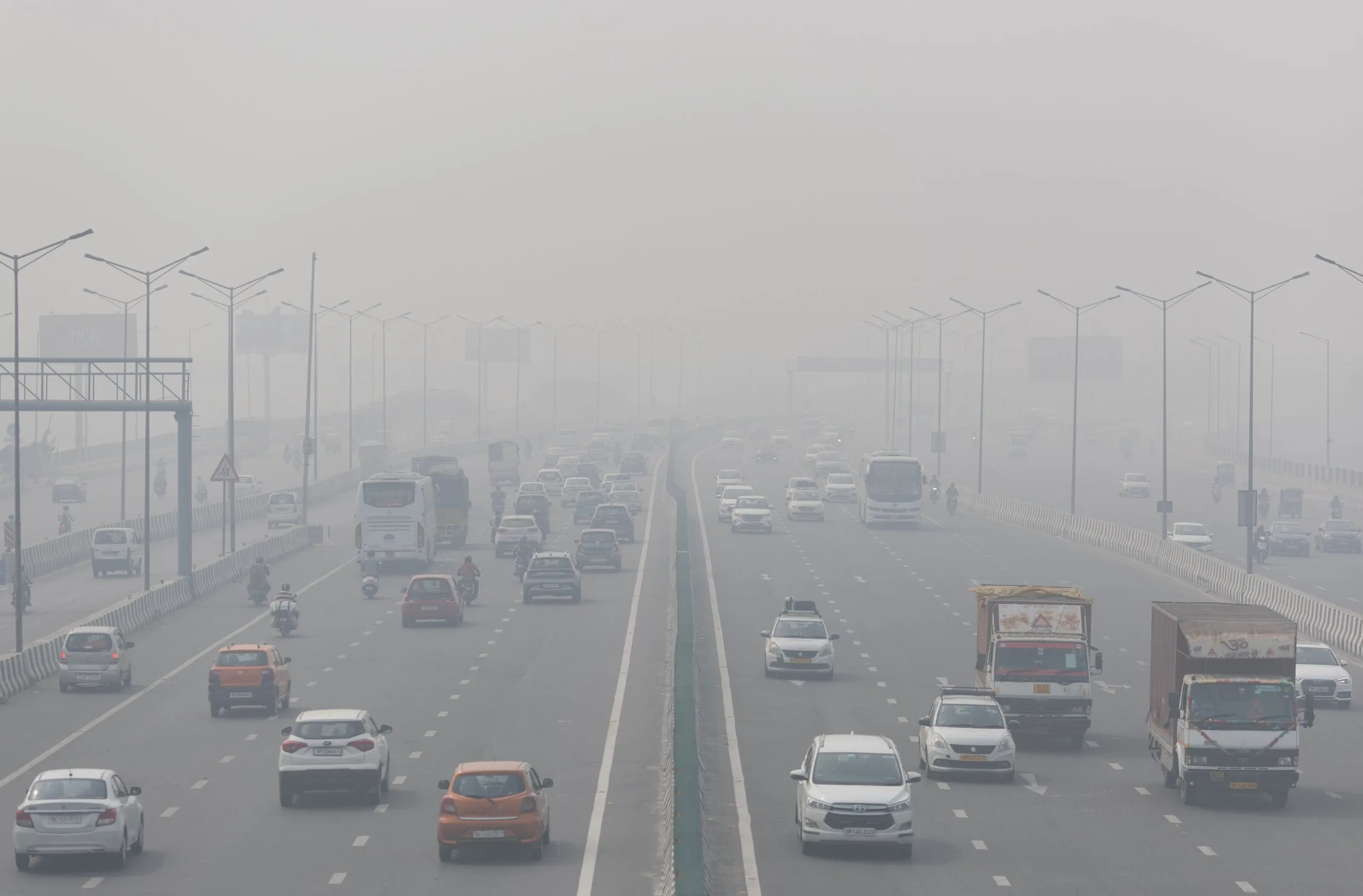Edits | December, 2024
Pollution Levels
The vehicles and construction activities in any major city are not the sole reasons for the seasonal pollution upsurge from November to February. The major contributors are factors like stubble burning or slow winds carrying particulate matter into the city from surrounding areas. The government, seemingly for the sake of collecting bribes over construction activities and vehicle operations, imposes bans or restrictions on these, even though they may not be entirely necessary. There is a clear lack of political will to address other contributing factors, such as stubble burning, likely due to the desire to garner votes during election campaigns, particularly in Delhi.
For instance, in Delhi, traffic police routinely fine owners of large luxury vehicles amounts ranging from ₹10,000 to ₹25,000 if the vehicles are older than 10 or 15 years, depending on whether they run on petrol or diesel. This has become a daily occurrence, with traffic cops targeting larger vehicles to meet their unofficial quotas. Political inertia on the pollution issue persists. Otherwise, solutions like cloud seeding—an advanced and widely used technology worldwide—would have been implemented to alleviate the pollution problem in the Delhi NCR region. The BJP appears reluctant to let the Aam Aadmi Party (AAP) escape blame for pollution, much of which originates from stubble burning in Punjab. It seems the central government has withheld orders for cloud seeding and artificial rain in Delhi NCR.
Manipur Burns, Especially for Women
The BJP has encountered governance challenges in the northeastern states. They assumed that alliances with local political parties would function as effectively as they do elsewhere in India, without fully understanding the unique social fabric of the northeastern regions. These areas represent a cultural transition between North India and Southeast Asia, with distinct tribal dynamics and sensitivities that require a tailored approach. The BJP’s governance in these regions has been largely unsuccessful.
As a result, women—who play a significant role in northeastern society—have borne the brunt of the crisis. This issue explores the problems and potential solutions to the ongoing turmoil in Manipur, a situation that demands urgent attention from the nation.
Maharashtra Elections: A Victory for BJP
The Maharashtra elections have been decisively settled in favor of the ruling BJP. The controversy surrounding Adani’s involvement in Dharavi redevelopment appears to have been resolved, though it has sparked a broader debate about the BJP’s alleged favoritism towards a particular corporate figure at the expense of others.
Every state-level victory for the BJP now seems to be marred by allegations of misconduct. For example, there were claims of ballot manipulation in the Haryana elections, and similar rumors have surfaced regarding Maharashtra. Regardless, a victory is a victory. The BJP, along with its key allies, has temporarily wiped out Congress and Uddhav Thackeray’s Shiv Sena in Maharashtra. Rahul Gandhi’s lackluster campaign efforts in the state may have also contributed to this outcome.
The Era of Rewari Politics
“Rewari politics” (freebies or dole-outs to secure votes) is here to stay in India, leaving the exchequer at the mercy of politicians eager to distribute subsidies to their voter base. In upcoming elections, particularly in Delhi, opposition parties have already announced additional freebies they plan to offer. They have also warned that existing schemes would be discontinued if the BJP comes to power.
This raises an important question: if all government tax revenues are spent on subsidies and freebies, how will the government sustain itself? For example, the Delhi Transport Corporation (DTC) incurs annual losses of over ₹5,500 crores due to free bus rides for women in the Delhi NCR region. While such schemes appear benevolent, they are leading the country into a debt trap with no clear way out.
The phenomenon of Rewari politics is not confined to India; it has deep roots in many Southeast Asian economies. A detailed report in the next issue will explore how this trend impacts governance worldwide and why many countries perpetually seek financial assistance from the IMF. In the Rewari era, every election brings a flurry of promises, leaving the country in turmoil.
Modi-Style Trump Elections
Donald Trump’s high-voltage campaign in the 2024 U.S. presidential elections is reminiscent of Narendra Modi’s first general election campaign against Congress in 2014. Back then, Modi’s campaign was fueled by public outrage over corruption scandals, including those surrounding the Commonwealth Games, and dissatisfaction with Congress’s inability to govern effectively. Similarly, Trump’s campaign targeted the Democrats, citing governance failures and other issues.
Trump’s victory over Kamala Harris reflects a larger narrative. The results suggest that American voters are not yet ready for a woman president—especially a woman of color. Hillary Clinton’s earlier withdrawal from the race, citing a minor excuse, underscored this perception. The Democrats’ late announcement of Harris as their candidate may have further sealed their fate. Meanwhile, Trump has already secured a non-conventional cabinet set to take office in January 2025, signaling a new era in American politics.
CA Divesh Nath
Editor
Woman’s Era
LinkedIn: Divesh Nath



